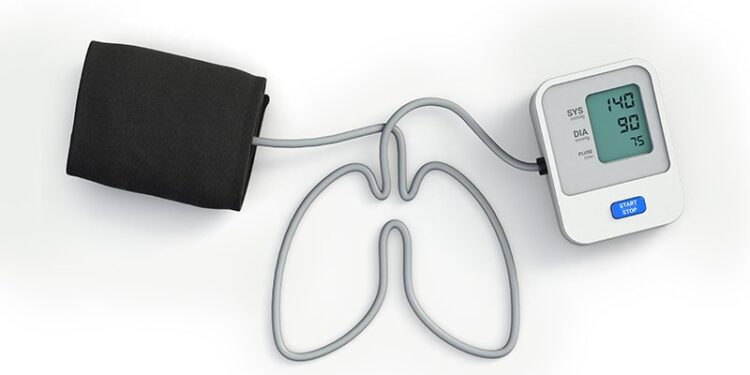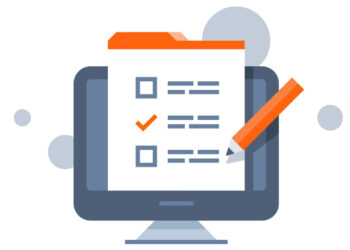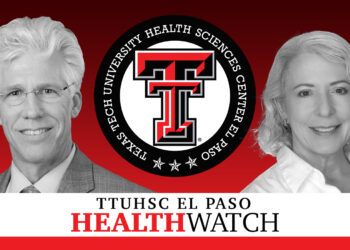TOPLINE:
In a study, patients who received a team-based intervention involving education and mobile health support in the emergency department (ED) had greater reduction in systolic blood pressure (SBP) at 6 months than those who received standard discharge care.
METHODOLOGY:
- A randomized clinical trial enrolled 574 adult patients (mean age, 51.1 years) with elevated BP (between 140/90 mm Hg and 180/110 mm Hg) who visited an urban academic ED between February 2019 and March 2023.
- Participants were randomly assigned to receive either standard discharge instructions and a primary care referral (n = 285) or a multicomponent education and empowerment intervention (E2; n = 289), which included a brief consultation with a clinical pharmacist and a smartphone-connected BP monitor with behavior change text reminders.
- The primary outcome was a mean change in SBP at 6 months.
- Secondary outcomes included changes in SBP at 3 months and changes in diastolic BP (DBP) at both 3 and 6 months.
TAKEAWAY:
- At 6 months, patients who received the E2 intervention had a greater reduction in SBP than those who received usual care (mean difference, 4.9 mm Hg; P = .02).
- The between-group differences in SBP at 3 months (4.2 mm Hg) and DBP at 6 months (2.3 mm Hg) were not statistically significant.
- At 6 months, 42.9% of participants in the E2 group and 36.9% in the usual care group achieved BP levels ≤ 140/90 mm Hg, but this difference was not significant (P = .22).
IN PRACTICE:
“Results of the TOUCHED randomized clinical trial suggest that a multicomponent Education and Empowerment (E2) intervention initiated in the ED may present a viable and effective strategy for reducing SBP in patients with elevated BP who are discharged from the ED,” the authors wrote.
SOURCE:
The study was led by Heather Prendergast, MD, MPH, MS, Department of Emergency Medicine, University of Illinois Chicago. It was published online on April 23, 2025, in JAMA Cardiology.
LIMITATIONS:
Recruitment and follow-up occurred during the COVID-19 pandemic, which could have reduced participation and introduced selection bias. The single-center design limited generalizability. Long-term cardiovascular outcomes were not assessed.
DISCLOSURES:
The study was funded by the National Heart, Lung, and Blood Institute of the National Institutes of Health. Several authors reported receiving grants from the National Institutes of Health and/or National Heart, Lung, and Blood Institute during the conduct of the study.
This article was created using several editorial tools, including AI, as part of the process. Human editors reviewed this content before publication.
Source link : https://www.medscape.com/viewarticle/smartphone-enabled-bp-monitoring-helps-lower-blood-pressure-2025a1000d2c?src=rss
Author :
Publish date : 2025-05-23 13:18:00
Copyright for syndicated content belongs to the linked Source.














